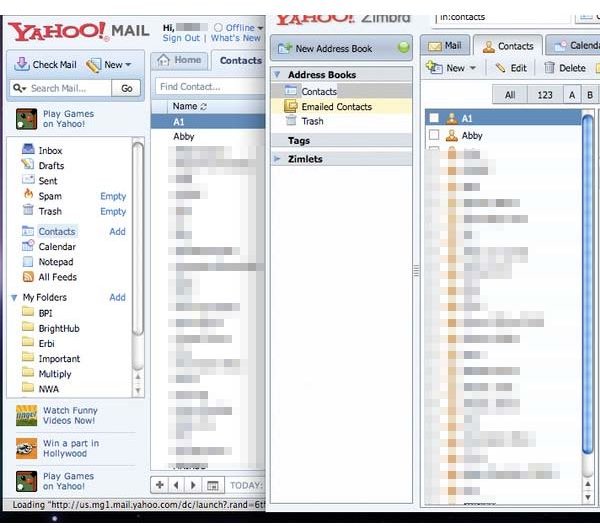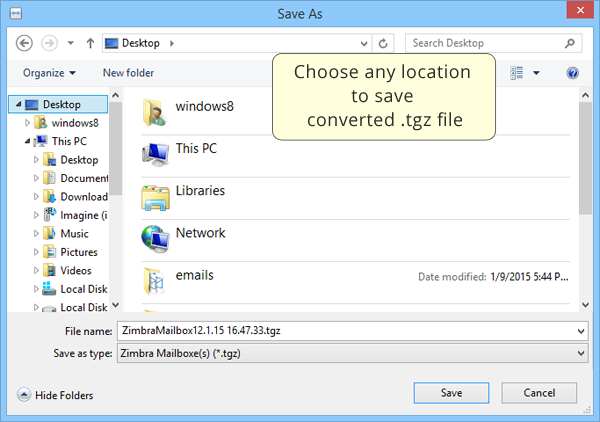

- #ZIMBRA DESKTOP ISSUES INSTALL#
- #ZIMBRA DESKTOP ISSUES PROFESSIONAL#
- #ZIMBRA DESKTOP ISSUES DOWNLOAD#
- #ZIMBRA DESKTOP ISSUES FREE#
In this first window, click the Add New Account button ( Figure A) to launch the Add New Account window ( Figure B), where you can select the type of account you want to set up from these choices: Zimbra, Gmail, Yahoo, MS Exchange IMAP, IMAP, POP.Īfter you enter all of the details for the account, click the Validate and Save button in the bottom left corner. Upon completing the installation, the Zimbra Desktop Client will launch. As the standard user, issue the command: /opt/zimbra/zdesktop/linux/. You’ll be asked the destinations for the installation and for the desktop icon the defaults should work on both accounts. After you answer No to the question, the installer will drop you to a prompt.
#ZIMBRA DESKTOP ISSUES INSTALL#
One very important question is if you want to install the user files for a particular user select No because if you don’t, the user data will be installed as the root user and the non-root user will not be able to run the application. During the installation, you will be asked a couple of simple questions (EULA and installation destination). The Linux installation has some unusual twists and turns. The Windows installation is very straight-forward. If you’re installing it on Linux, you will need to install with root access (by either su’ing to the root user or using sudo) and issue the command. If you’re installing it on Windows, you should double-click the. Change into the newly created directory.
#ZIMBRA DESKTOP ISSUES DOWNLOAD#

Zimbra Desktop Client relies on under-the-hood tools that are included with the installation.
#ZIMBRA DESKTOP ISSUES PROFESSIONAL#
Windows XP Professional SP2 (32-bit and 64-bit).The computer must have network connectivity at account setup and to synchronize accounts with servers.
#ZIMBRA DESKTOP ISSUES FREE#

Zimbra Desktop Client was created to work seamlessly with the Zimbra Collaboration Server, but it’s not limited to that one tool you can use Zimbra Desktop Client with most POP/IMAP accounts, as well as Gmail, Hotmail, AOL, and more. If you’re using Zimbra Desktop Client with a Zimbra Collaboration Server, there will, however, be even more features. You can also upload files, check in files, tag files, include social network accounts, and more.

General:Cross platform (Windows, Linux, Mac), no email storage limit, tagging system for all features, powerful filtering system.The tool can do Email, Calendar, Contacts, Tasks, Briefcase, and Social networking. The feature list includes: One exception is the open source VMware Zimbra Desktop Client, which has many of the features that are available in the standard groupware clients and a little more. Most small businesses don’t have the budget for a tool like Exchange, and the tools within their budget don’t usually offer the necessary features. The open source Zimbra Desktop Client offers all of the email/calendaring/task/social networking functionalities that small businesses need to make a groupware solution useful. DIY: Deploy the Zimbra Desktop Client for a solid groupware experience


 0 kommentar(er)
0 kommentar(er)
